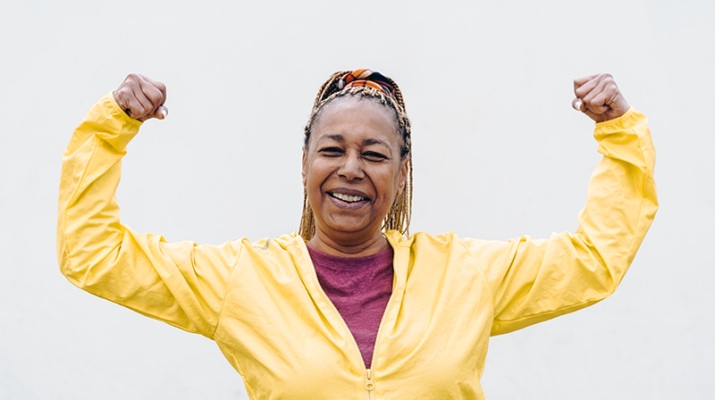By Deborah Jeanne Sergeant
Does retiring from work mean retirement from working out? It may seem that way for people whose fitness activities linked to their employment.
Once they are no longer in a workaday routine, it’s easy to let fitness slide.
For example, perhaps they took a morning run before leaving for work. Or maybe they walked with a group of coworkers on their lunch break.
Perhaps the employer offered a fitness center, discount on a gym membership or their health insurance benefits included a gym membership reimbursement.
When fitness endeavors closely align with employment, it takes planning to stay fit as a retiree.
Noah Basehart, certified personal trainer and general manager at NexGen Fitness and Recovery in Buffalo, said that other barriers to staying fit can include pain from old injuries cropping up and fear of further injuries.
“With pain, there are a lot of fitness and medical professionals who can recommend movements to match their energy level and function,” Basehart said. “Many modalities can be appropriate like low exertion exercise and flexibility. Appropriate guidance and equipment can greatly reduce injury risk.”
To accommodate a tight budget, he recommends community events, open gym time at a local school or community center, and senior gym memberships. Some gyms accept insurance.
“Even if you can’t afford to go to a gym, there are tons of resources online to work out at home,” Basehart said. “If you were to go on YouTube and search for bodyweight workout, there are probably tens of thousands.
“Go for a walk, put on music and dance in the kitchen. People may be less inclined to leave home in the colder weather. Asking a trainer for a body weight plan to do at home is a good way to stay active.”
Workplace workouts often involve others. But retiring pares down the social circle. Establishing a new social circle around activity can help people meet those fitness goals.
Joining a fitness group or class can also help keep retirees connected and accountable. Many fitness organizations offer lower rates for people 65-plus and provide regimens that can accommodate people with limitations from past injuries. There is no reason a bum knee or painful shoulder should eliminate activity. Community-based walking clubs, hiking groups or other activity-based groups can help keep retirees moving.
Chad Pozantidis, manager of Terrie’s Boxing Club in Buffalo, encourages retirees to join a club or take fitness-oriented lessons to stay accountable and consistent. Going it alone often results in engaging in activity that is not intense enough and offers minimal results. Going too intense can lead to quitting or, worse, injuries.
“At our facility, we have multiple classes throughout the day,” Pozantidis said. “A lot of the daytime classes are well-attended by people who are retired. We offer strength training, Zuma, cardio kickboxing, and all of those are geared towards the older clientele.”
An initial session with a personal trainer is part of the basic gym membership, although optional follow-up sessions for an additional fee can help those working out stay in form and on track.
“Finding the right trainer makes a difference,” Pozantidis said. “If the client needs more mobility, special equipment or has arthritis or even if they just want to stay fit and build strength, the key is to get a reason to come here and get on a good program.”
Tina Privitera, certified personal trainer at Achieve Personal Fitness in Buffalo, tells many people that walking “is the number one thing to add to your regimen. I also suggest doing exercise in the morning, so you get it over with. Now with YouTube there’s no shortage of free videos for every age and every level of fitness. Start small and simple but start somewhere.”
She also recommends joining Facebook groups or in-person meet up groups to build accountability. Calling a friend to check in can also improve consistency.
“If someone wants to change, they will find resources in a creative way,” Privitera said. “People are hard on themselves, but any kind of exercise is good. The simple things are sometimes better.”

